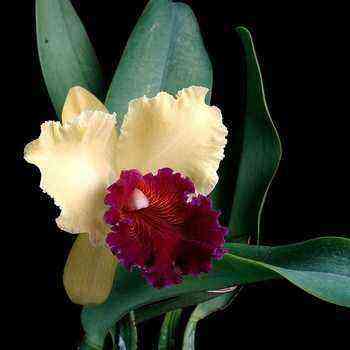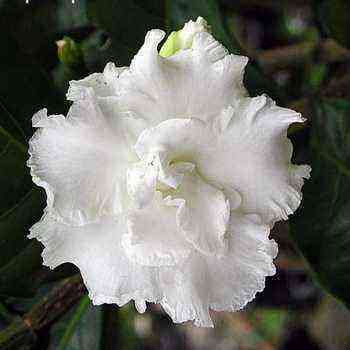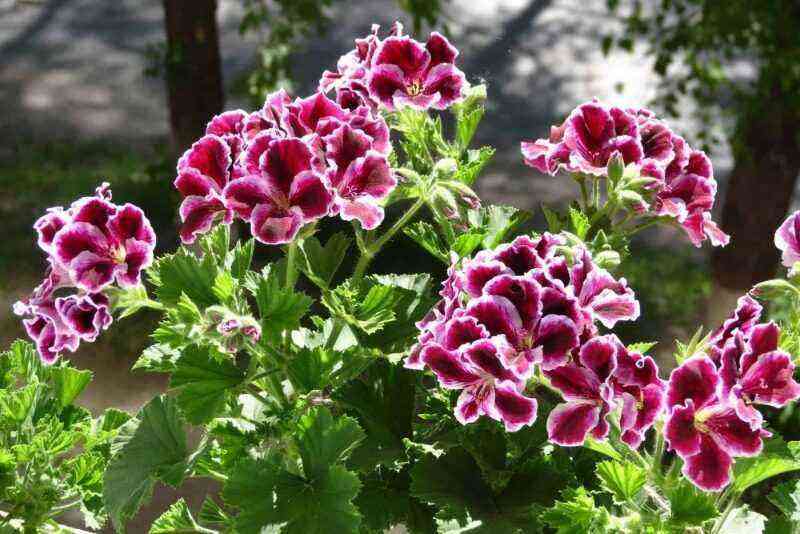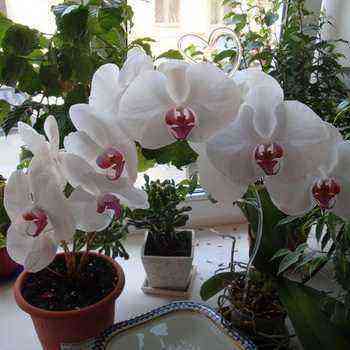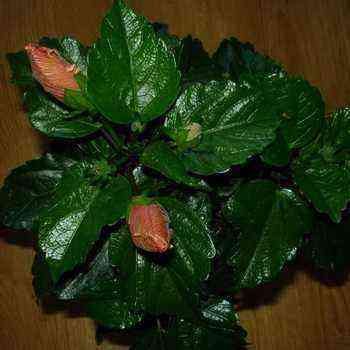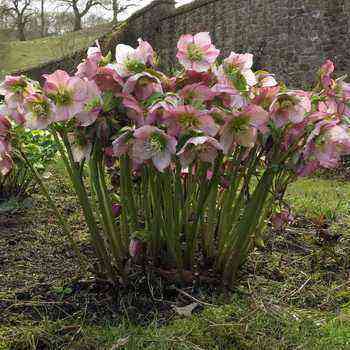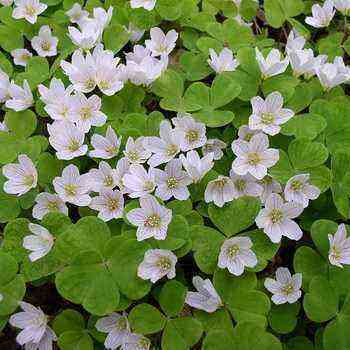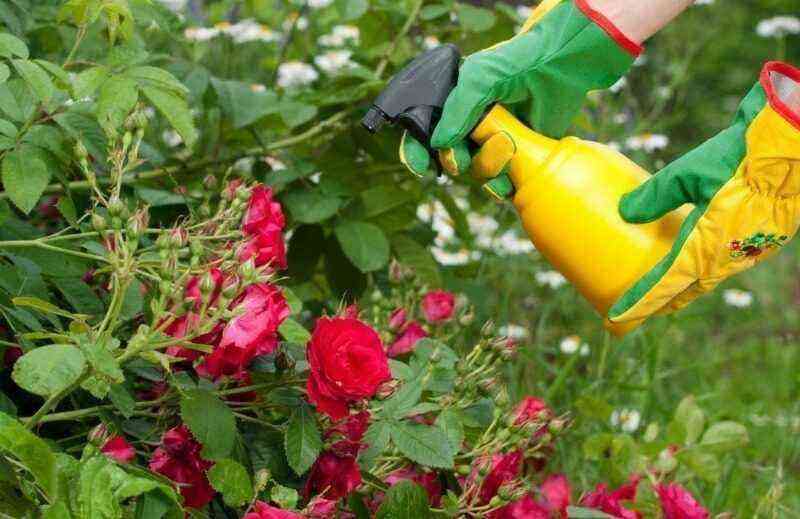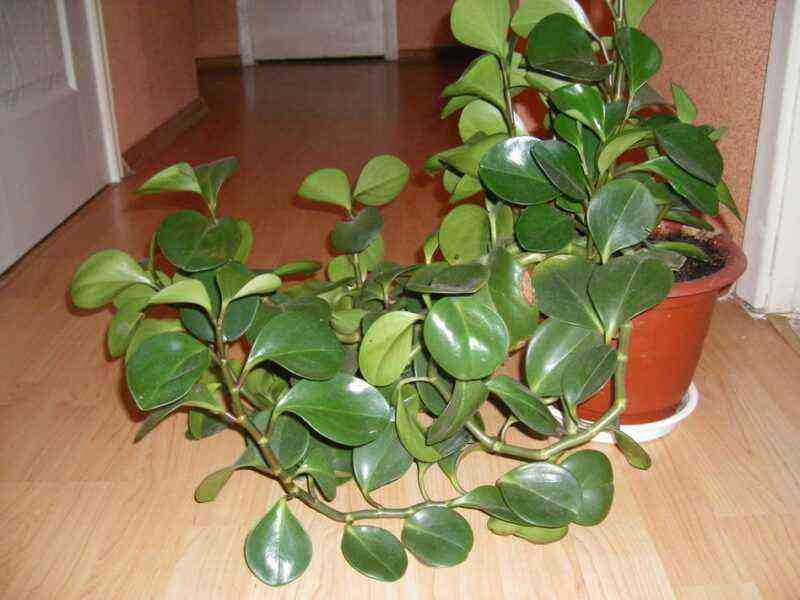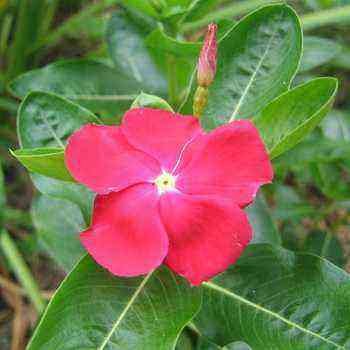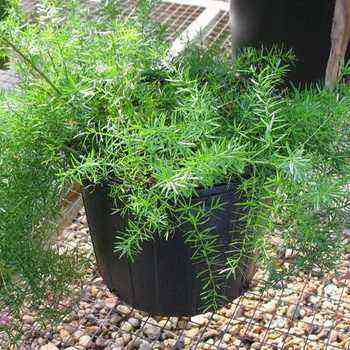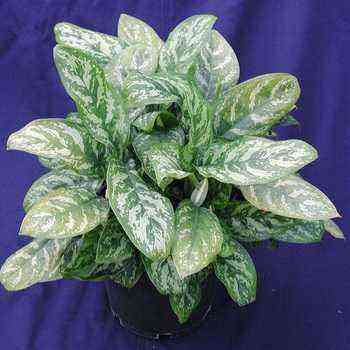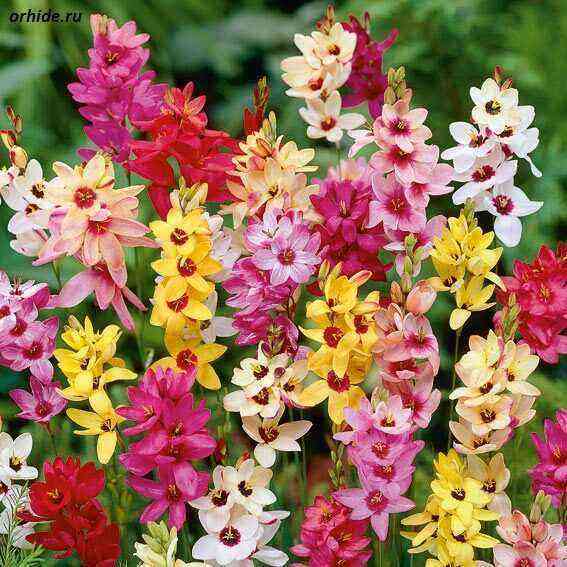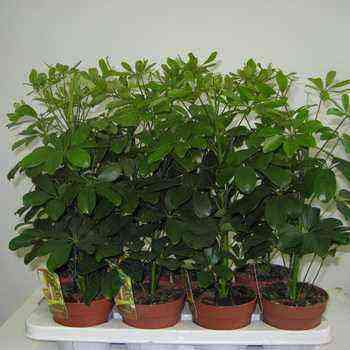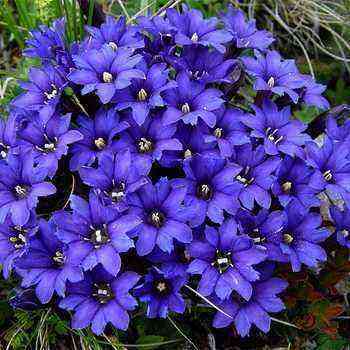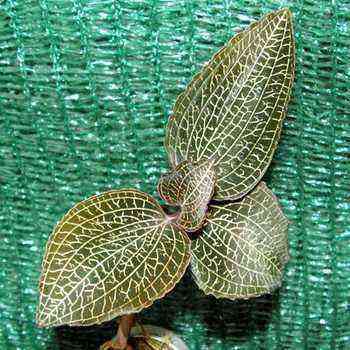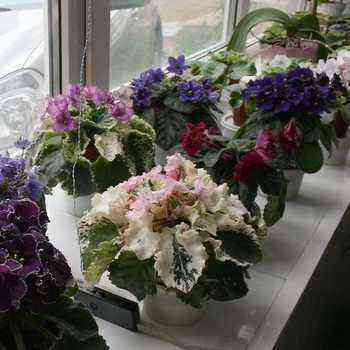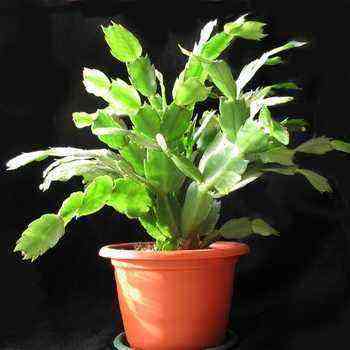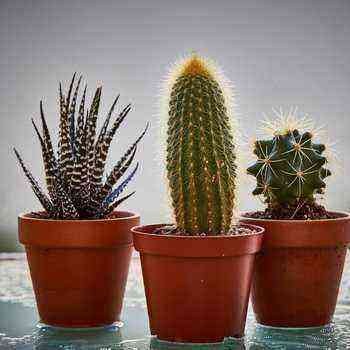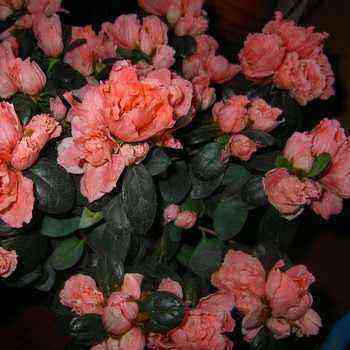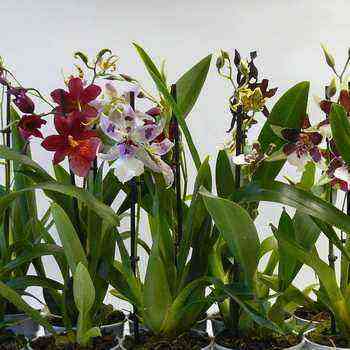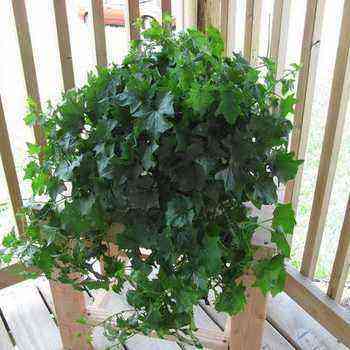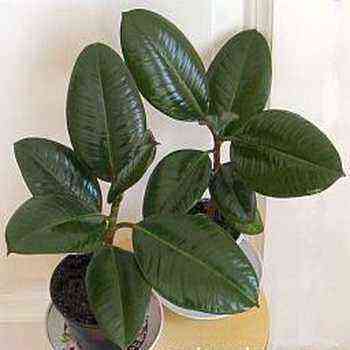Indoor flower dieffenbachia has a second name “dumb reed”. This is a tropical plant of the Aroid family, common in South America. It is very popular as a houseplant due to its ability to live not only in the sun, but also in the shade. Also, gardeners are attracted by the picturesque color of the leaves (white spots and specks), which makes Dieffenbachia an excellent decor element for any room.
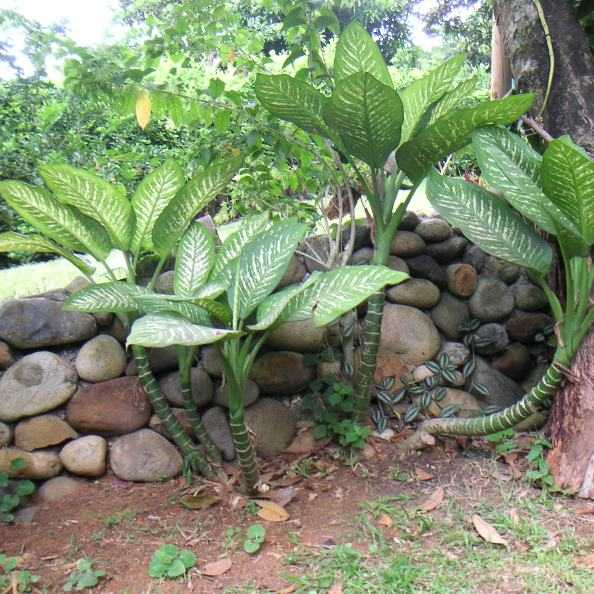
The flower got its name from the surname of the main gardener of the Botanical Garden in Vienna – Joseph Dieffenbach (he became so named thanks to Heinrich Wilhelm Schott, director of the Botanical Garden, in which the laborer worked).
Description of the dieffenbachia plant and photos of various varieties
Dieffenbachia is a flower on a thick stem (three to six meters long and three meters wide) with a cap of large leaves (18 cm long and 12 wide) with pointed ends. The color of the foliage is mostly light green with streaks and specks of yellow and white. In the description of dieffenbachia, you can find information about various plant varieties. We suggest you look at a photo of dieffenbachia of different sizes, varieties and leaf colors:
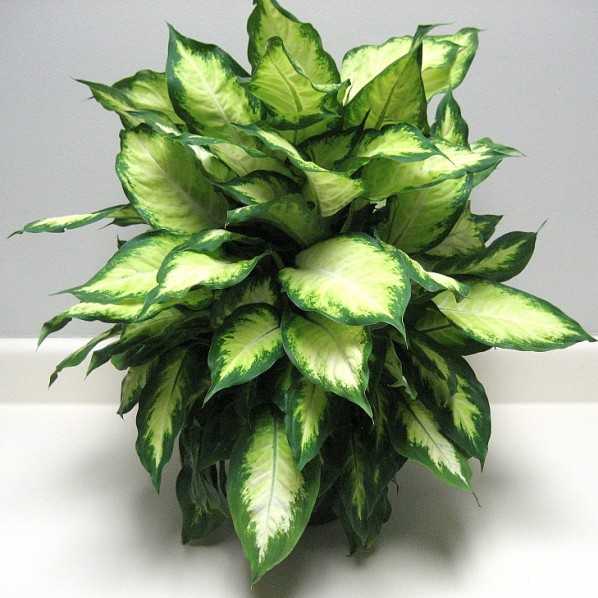
In some species, the growing point is at the top of the stem, while others look more like lush bushes. If the lower part of the flower remains without leaves (typical for those that are higher than two meters), then it loses its picturesqueness and beauty.

The inflorescence is a green or white ear, like the rest of the aroid family, surrounded by a shell. The fruit is a red-orange berry. Dieffenbachia blooms very rarely, sometimes it can bloom in early spring if the plant is old enough.

The plant is very toxic. It got its second name from the dumb cane because of the consequences that occur after chewing the stem. Flower sap contains calcium oxalate – a very harmful and toxic substance that irritates the mucous membrane, swelling and inflammation of the throat and tongue. Usually they are not fatal, but are treated with analgesics and antihistamines and using ordinary medical charcoal. Usually, doctors observe an acute toxic reaction in children under the age of five.
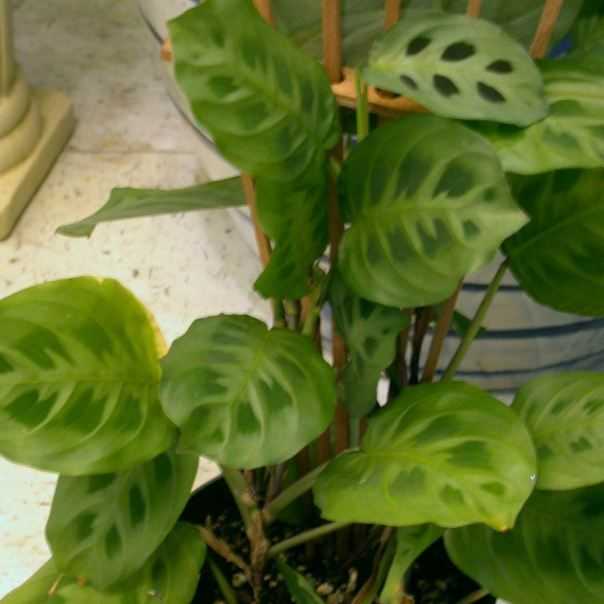
In the Philippines, Dieffenbachia is actively studied, special attention is paid to its properties. As a result, the researchers were able to identify the content of active ingredients that cause anti-angiogenic effects. Antiangiogenesis is a process that inhibits the growth and development of new blood vessels in the body. It also controls the process of distributing tumor cells in the body and shutting off the transfer of nutrients to cancer cells. The growth of malignant cells will depend on the amount of specific nutrients transported by the blood vessels.
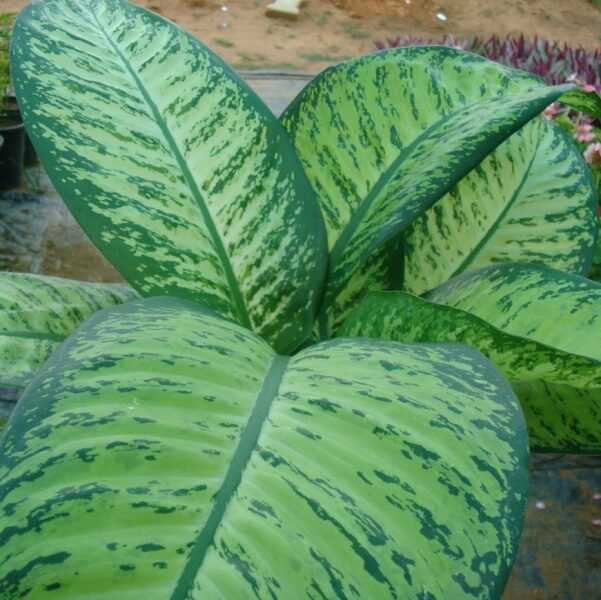
In Brazil, the flower has found another unusual use – there it is considered the main component of the means for cuffs from the evil eye and the negative energy of others. It also stands alongside the seven lucky herbs.
Diefenbachia care at home
The flower can grow outdoors only in tropical climates. In an apartment, access to light should be limited, especially in spring, summer and autumn. Dieffenbachia needs the most sun during the wintering period. She calmly tolerates the absence of light, but grows much more slowly. When organizing dieffenbachia care at home, pay attention to the choice of a suitable container for planting. The tighter the pot, the faster the plant will shed the grown lower leaves. As a result, the trunk is exposed and the flower loses its decorative properties.
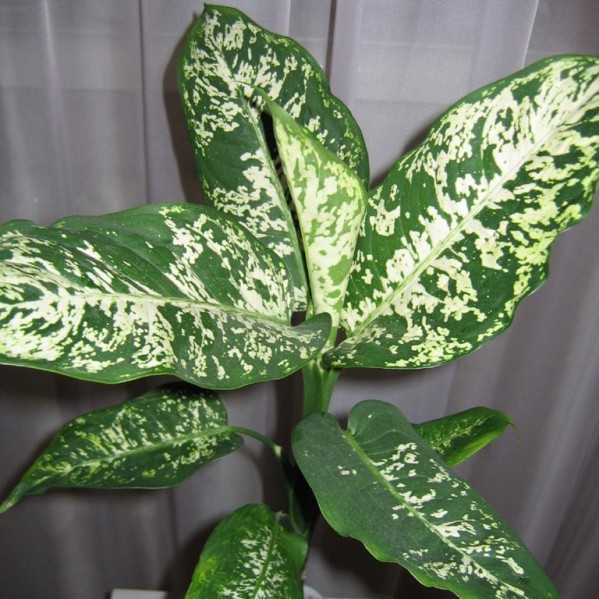
There are some exceptional characteristics for leaves with different shades. More colorful leaves need more light, but not direct sunlight – they begin to lose their color. On the contrary, monochrome green leaves should be protected from light, they need shade, and in this case they give a richer color.

The plant will feel best in well-drained soil without excess liquid. It, like fertilizers, must be given to him three times a week after planting (between March and October). In addition, it is recommended to arrange a good watering for the flower in dry and hot weather – you can put it in the shower, but the water should not fall on the ground, and wipe the leaves with a damp sponge.
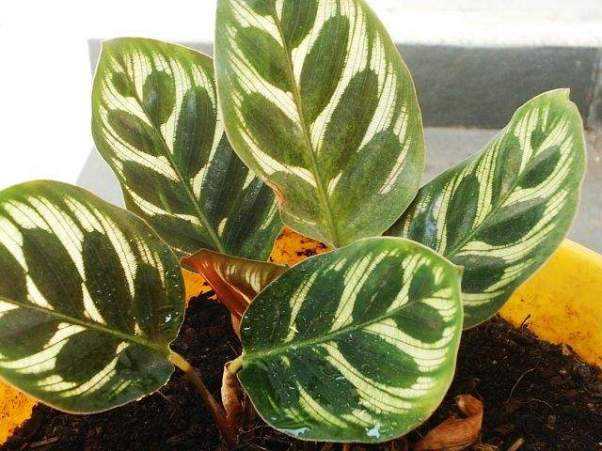
It is desirable that the indoor flower be kept in high humidity conditions. Be sure to spray and wipe the leaves every week. such care for dieffenbachia at home ensures a rapid growth of green mass and an excellent color range of foliage.
Monitor the room temperature carefully – it should not be less than 10 ̊. In summer, the optimum temperature is 20-23 ̊С, and in winter – not lower than 10-15 ̊ (at a prolonged temperature of 10 degrees, the plant dies). Any drastic changes in degrees (both plus and minus) can destroy the plant. Dieffenbachia responds well to high temperatures and dry climates.
Leaves regularly roll and fall off to make room for new ones. Sometimes the process takes a very long time and you are presented with not the most attractive picture – bare stems. If they are in this state for a very long time, then you can shorten the stem to six centimeters.
Dieffenbachia transplant: when, how, where?
Now let’s talk about how to transplant dieffenbachia. If a flower needs a transplant, then this should be done only in spring – in April, May – or in winter – until February. During growth and development, it needs to be watered a lot; in winter, the volume must be reduced. After transplanting dieffenbachia for 4-5 months, fertilize the plant with a special flower fertilizer (half concentration) once every two weeks.
Dieffenbachia propagation
There are two possible breeding options for dieffenbachia – to separate the cuttings and transplant them into a separate pot. You can cut off the top of the old flower, and new leaves will sprout in place of the stump. Note. If you are cutting an apical stalk, leave it at room temperature without water for 48 hours. This is necessary to prevent the decay process. After this procedure, place the cutting in a weak solution of potassium permanganate. And only after this is the rooting of the cuttings carried out for the propagation of dieffenbachia. To do this, the cutting is placed in boiled cool water. You can add root. After the appearance of roots up to 5 mm long, it is necessary to carefully dig the cutting into the structured soil.

The new soil should be water and air permeable and loose, without lime. Dieffenbachia flowers grow well on a slightly acidic substrate – a mixture of sand, leafy soil, sphagnum and peat. You can also add some coniferous earth and chopped charcoal. Why do Dieffenbachia flowers turn yellow?
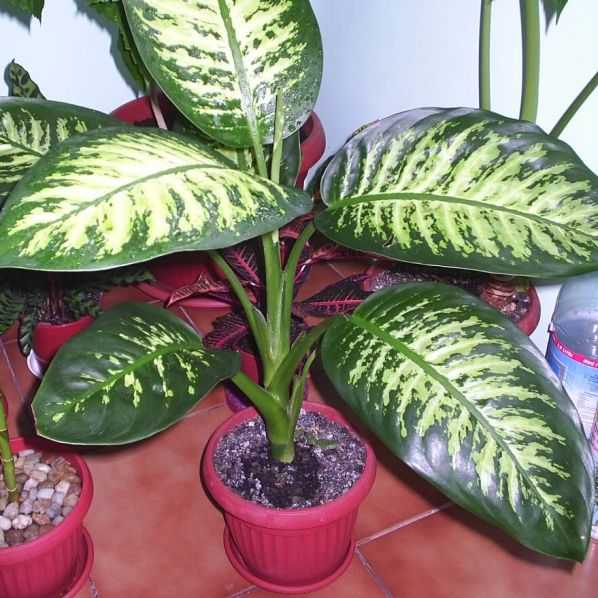
If the leaves of Dieffenbachia turn yellow, then
- you watered it too hard (excess moisture may well kill the plant, the soil must be well drained);
- you transplanted a flower. When you transfer it to a new pot, the lower leaves turn yellow, and fresh ones grow up above;
- you have chosen a pot that is too narrow for the transplant. The volume of the pot must be larger than the previous one, otherwise the leaves will begin to choke, turn yellow and soon dieffenbachia will die;
- the salt balance of the soil is disturbed.
There are other reasons why dieffenbachia flowers turn yellow. It happens that the leaves of a home-grown flower begin to dry out. There may be several reasons: too high or too low temperature, drafts, a lot of liquid in the soil, dry air, leaves are wet during the cool part of the day or while in direct sunlight.
